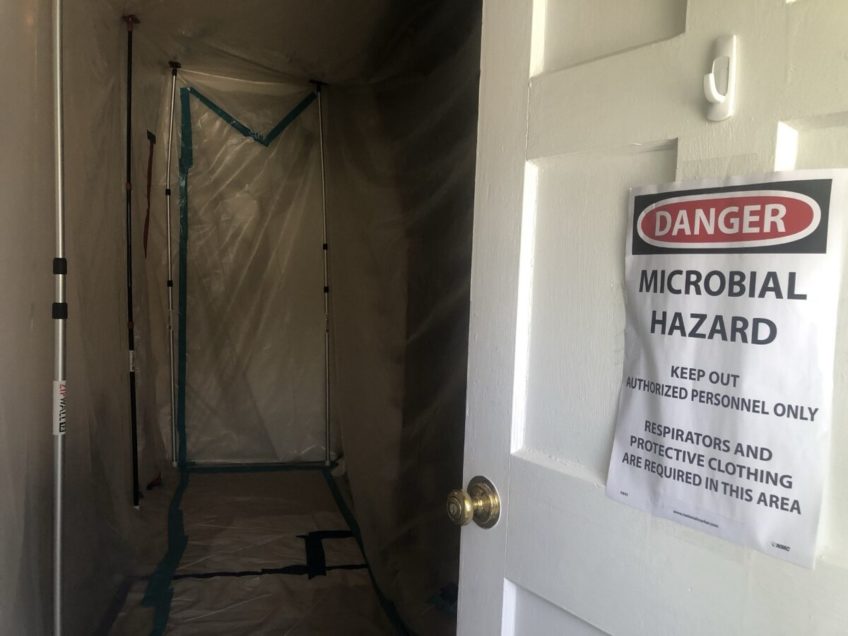
VA PTSD Ratings: What Veterans Should Know
Veterans who have service-related PTSD may be able to receive disability compensation and free health care, including specific PTSD treatment.
What is PTSD?
PTSD stands for Post-Traumatic Stress Disorder. It is a long-term reaction to trauma that has negative effects on a person’s mental and physical health. While it’s normal for most people who live through a traumatic event to experience some symptoms of PTSD in the days and weeks afterward, a person with a PTSD diagnosis will find that their symptoms persist or even worsen after the first few weeks have passed.
Unfortunately, PTSD is not a rare occurrence. An estimated 7.8% of all Americans experience PTSD at some point in their lives. In addition, about 30% of men and women who have spent time in war zones experience PTSD.
What are the Symptoms of PTSD?
As stated above, PTSD affects both mental and physical health.
According to the Mayo Clinic, mental health symptoms can include:
- Flashbacks: Reliving the traumatic event
- Uncontrollable thoughts or intrusive memories about the event
- Nightmares
- Severe anxiety
- Severe emotional distress
- Unpleasant physical reactions when reminded of the traumatic event
PTSD can also negatively impact the body with symptoms such as:
- High blood pressure
- Increased heart rate
- Fatigue
- Muscle tension
- Nausea
- Joint pain
- Headaches
- Other physical pain
How Does the VA Rate PTSD?
The VA rates PTSD based on the severity of the disability. The ratings are expressed as percentages. The higher the rating, the higher the amount of disability compensation will be given. The VA takes many factors into account, including reports from mental-health caregivers and results from compensation and pension (C&P) exams.
Under the VA’s current rating system, stressful events are considered contributing factors if the events are a result of combat, personal trauma, or other life-threatening situations. Vets are evaluated partly based on the symptoms they’re suffering as a result of the traumatic events.
These symptoms include the following categories:
- Exposure to actual or threatened death, serious injury or sexual violation.
- Intrusive symptoms such as distressing memories, nightmares and flashbacks.
- Avoidance of people, places and situations that remind the sufferer of the traumatic events.
- Negative mental states such as detachment, memory loss, distrust, hopelessness, self-blame, fear, anger, guilt, shame, loss of interest in activities, etc.
- Hyperarousal states, including irritability, angry outbursts, hypervigilance, problems concentrating, easy to startle, trouble sleeping and more
For more information about these categories of PTSD symptoms, visit this page.
Am I Eligible for a PTSD Claim?
To be eligible for a PTSD claim, a veteran must have undergone a traumatic event, or “stressor,” which is defined in two categories. Either the veteran must have “suffered a serious injury, personal or sexual trauma or sexual violation” or have been “threatened with injury, sexual assault or death.” In addition, the stressor must have happened during a veteran’s military service and prevent them from functioning as well as they did before.
Veterans who received an other-than-honorable, bad conduct, or dishonorable discharge may not be eligible for VA disability benefits.
What Information Do I Need to File a PTSD Claim?
To file a PTSD claim, a veteran will likely need to provide:
- A PTSD diagnosis from a doctor
- Evidence that the disorder is linked to a stressor that occurred during military service
- Medical records
- A claim exam report (if relevant)
- Statements from the veteran and others about the claim
- Military medical and personnel records
Generally, a veteran will need to provide “credible supporting evidence of a specific in-service stressor.” However, there are exceptions to this rule:
- A diagnosis of PTSD was made during service.
- The veteran engaged in combat with the enemy.
- The stressor is related to a fear of hostile military or terrorist activity.
- The veteran was a prisoner of war.
- Other evidence exists to support the occurrence of an in-service personal assault.
After a veteran has filed a VA disability claim for PTSD, the VA will review the records, evidence, and reports. If necessary, the VA may reach out to ask for more evidence. Additionally, a veteran may also be asked to complete a compensation and pension exam, also known as a claim exam or C&P exam.
For more information about PTSD disability claims, visit the VA website.
We are Veterans Helping Veterans
The Veterans Legal Assistance Program’s goal is to support veterans and those serving in active-duty, as well as their families. We want to inform you of the issues affecting the Veteran community and connect you with people we trust.
We’ve got your six.



